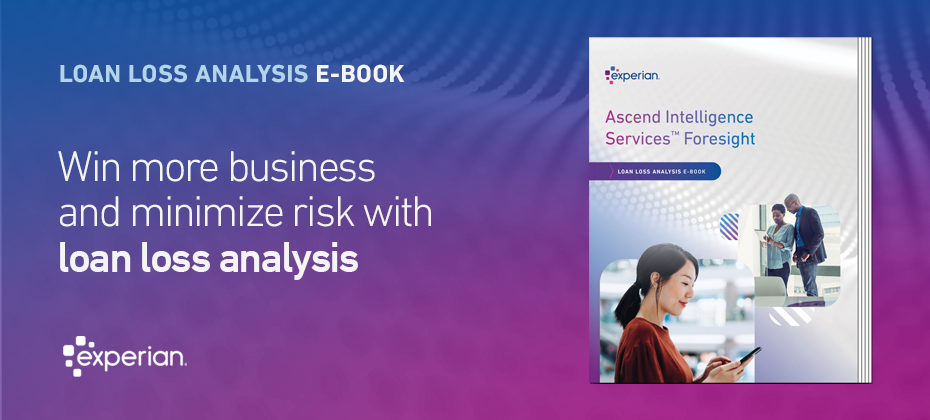By: Tracy Bremmer
It’s not really all about the credit score. Now don’t get me wrong, a credit score is a very important tool used in credit decision making; however there’s so much more that lenders use to say “accept” or “decline.” Many lenders segment their customer/prospect base prior to ever using the score. They use credit-related attributes such as, “has this consumer had a bankruptcy in the last two years?” or “do they have an existing mortgage account?” to segment out consumers into risk-tier buckets. Lenders also evaluate information from the application such as income or number of years at current residence. These types of application attributes help the lender gain insight that is not typically evaluated in the traditional risk score. For lenders who already have a relationship with a customer, they will look at their existing relationships with that customer prior to making a decision. They’ll look at things like payment history and current product mix to better understand who best to cross-sell, up-sell, or in today’s economy, down-sell. In addition, many lenders will run the applicant through some type of fraud database to ensure the person really is who they say they are. I like to think of the score as the center of the decision, with all of these other metrics as necessary inputs to the entire decision process. It is like going out for an ice cream sundae and starting with the vanilla and needing all the mix-ins to make it complete.


